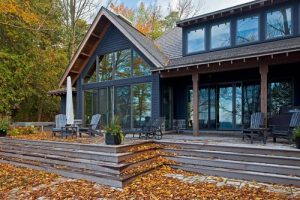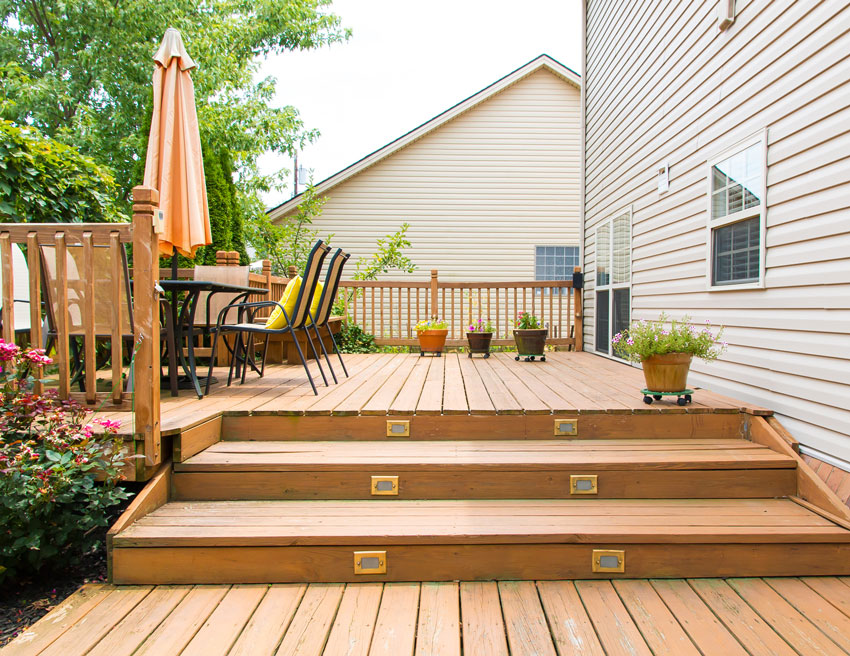 Beautify Your Deck and Spruce Up Your Backyard!
Beautify Your Deck and Spruce Up Your Backyard!
Creating the perfect outdoor space is easier than you think! If you’re looking to spruce up your backyard and beef up your home’s curb appeal, your deck and its surrounding space is the best place to start. But there are a lot of different ways to bring your vision for your outdoor living space to life. That’s why we recommend you stick to a simple formula for remodeling your home’s backyard space. Simple deck design ideas work best – especially when combined with new doors and stone accents!
Fresh Decks Let You Live Your Best Life Outdoors!
When you’re designing (or redesigning) your deck, you should choose products that seamlessly blend simple designs and tech. The ideal decking product is durable, easy to install, and looks sharp no matter the deck’s style. Whether you’re completing the project yourself or hiring out a contractor, the material should work within your design! Products such as Timbertech AZEK decking provide the best variety of colors, wood grains, and widths to bring any design to life.
We recommend you start by deciding on color – after all, your deck’s hue should speak to you! From there, you can decide on specific color combinations, shades, and even special wood grain patterns. By changing your decking’s highlights or lowlights, you can create a wide range of coloring. From there, it’s time to decide on your boards’ width. You don’t have to feel pigeonholed into “standard” sized boards anymore, either! Nowadays, wider boards are very trendy – and narrower boards can give your deck a coastal vibe. Don’t be afraid to mix and match board sizes either, the right combos can give your deck a uniquely modern look!
Once you’ve designed your deck around these simple ideas, don’t forget the railing! The right rail makes the perfect pairing to a deftly-designed deck. Before you add railing, we recommend considering these factors first:
- Consider the architectural style and color story of your existing home. Which decking and railing combos would best complement them?
- If you’re planning for a deck with an adventurous design, have you found a contractor that has experience with complex builds? If you’re DIYing – do you feel comfortable doing it yourself?
- When it comes to railing, are you looking to keep your views unobstructed with something minimal or make a bold style statement?
- Which railing profile do you prefer: classic millwork, modern and minimalist, or a sleek drink rail?
After you’ve answered those questions, you’re ready to build that deck!
Perfect Views with Sliding Glass Doors
Adding sliding doors to your deck is great for accenting your backyard and improving your outdoor panoramas! Massive openings are possible with sliding doors. They open up your home and create a stronger connection to nature and the outdoors. Large openings are also perfect for high traffic areas like the passageway leading to a patio during a backyard get together. Even better – furniture and other household items can be placed near a sliding door.
If you’re looking for a sleek, sharp, and simple look – try Marvin’s black sliding door patio series! This modern, yet subdued tone works well with many different shades of exterior siding and decking. Or, if you’re looking for something more upbeat and contemporary, try their urban patio series. These sliding doors offer defined lines and urban style for any home!
A Completed Cultured Stone Look
Once your deck and doors are taken care of, there’s one last simple design idea to tie your backyard space together! A stone pathway or even a stone firepit are the best “last touches” for your outdoor getaway. But don’t worry about feeling tied to natural stone, which can be costly and difficult to work with. Manufactured stone veneers, such as Cultured Stone, are the perfect alternative! These products mirror the look and feel of natural stone, with superior performance and versatility.
Once you’ve customized your space, the details add all the warmth and togetherness it needs. And nothing imbues your outdoor space with comfort quite like a fireplace. Signature fireplace surrounds or pit designs can tie your whole backyard together. Tastefully-designed pathways add simple elegance and make wandering your outdoor space a dream!
Though redesigning or remodeling your home’s backyard space can seem daunting – it really isn’t! By taking it one step at a time and having a defined plan with simple, versatile designs, you can get it done. If you need help getting your design started, or need to find the best supplies, contact our helpful team!

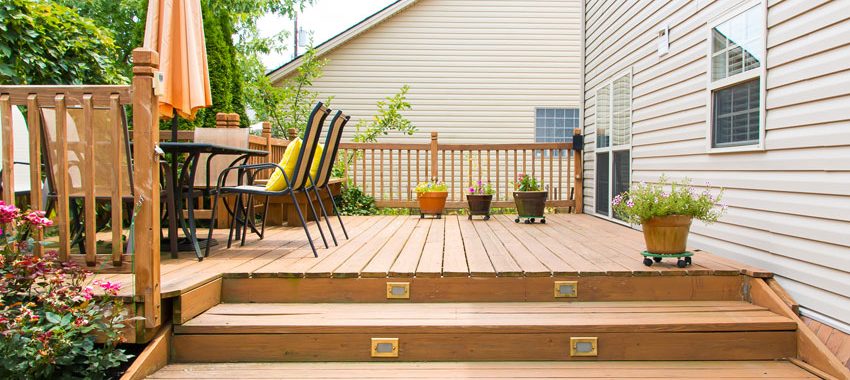
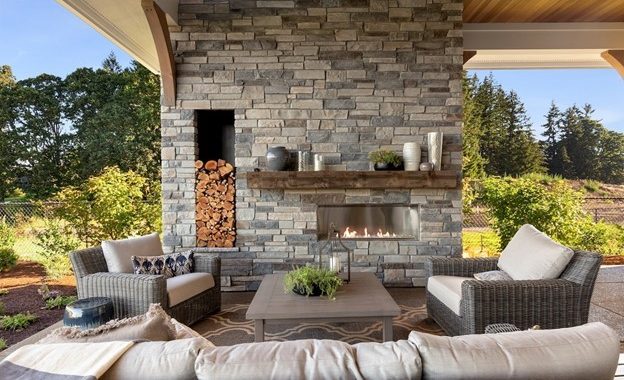
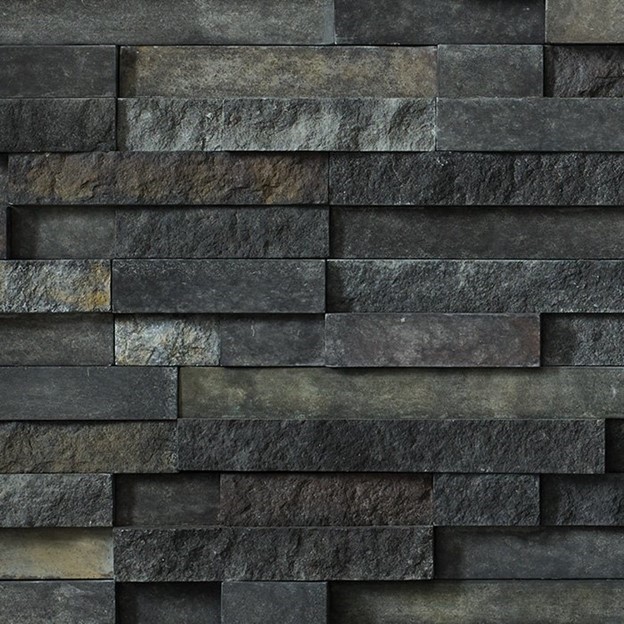 Whether you’re moving into a new space or adding onto your current home, improving its aesthetics is key. It’s important to end up with a look and style you love, but it all has to tell your home’s unique story!
Whether you’re moving into a new space or adding onto your current home, improving its aesthetics is key. It’s important to end up with a look and style you love, but it all has to tell your home’s unique story!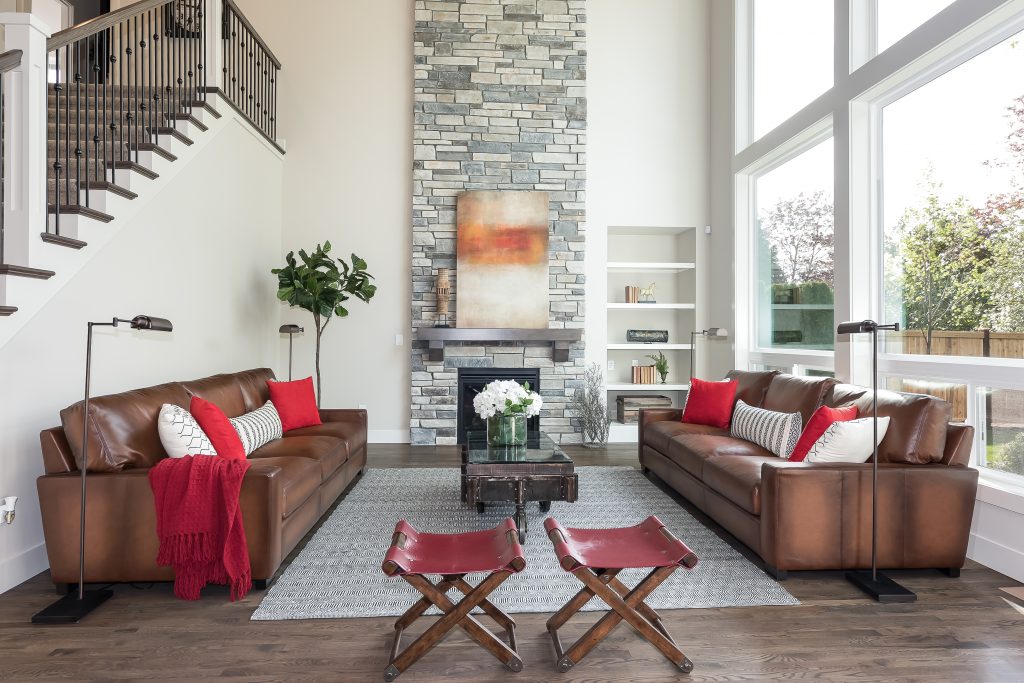
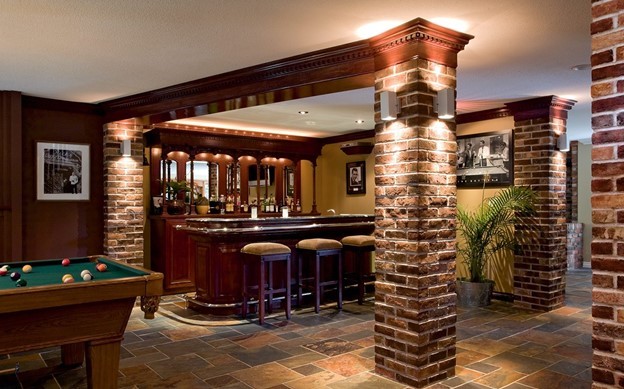
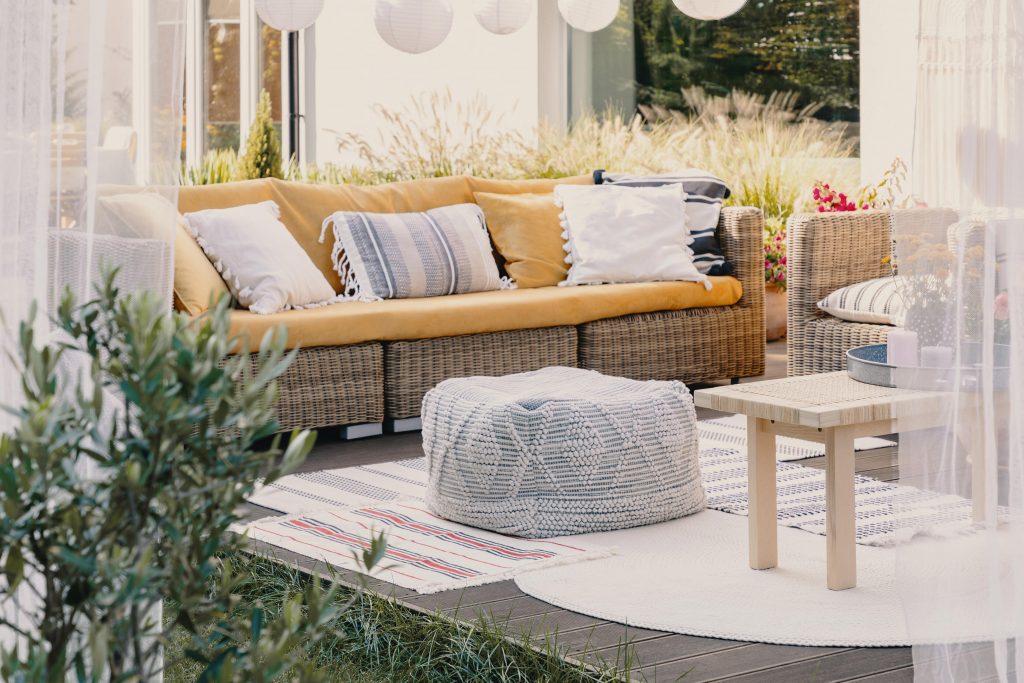
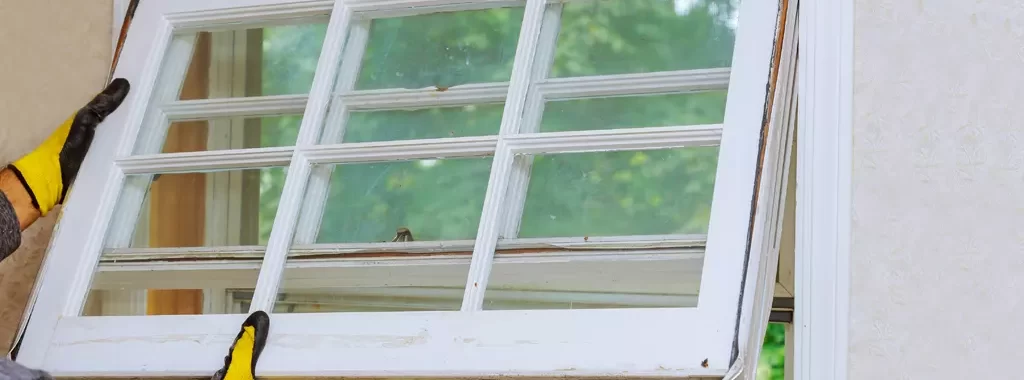
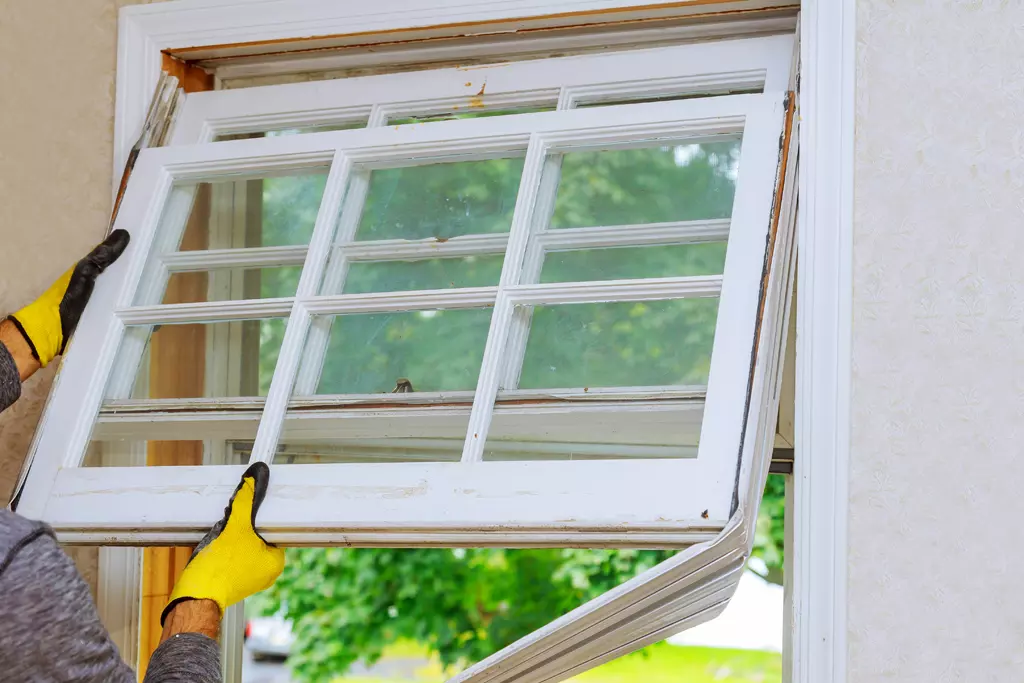
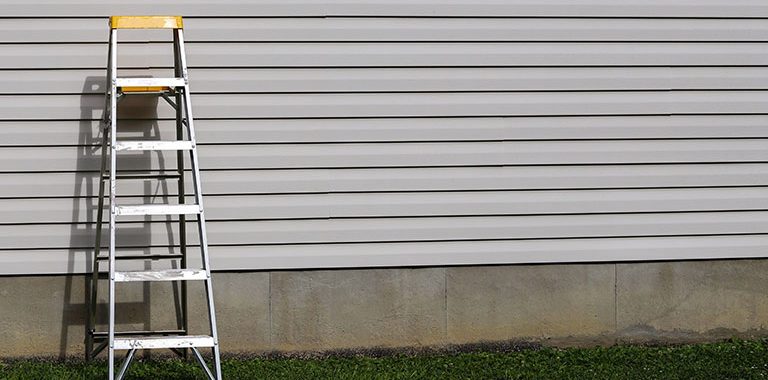
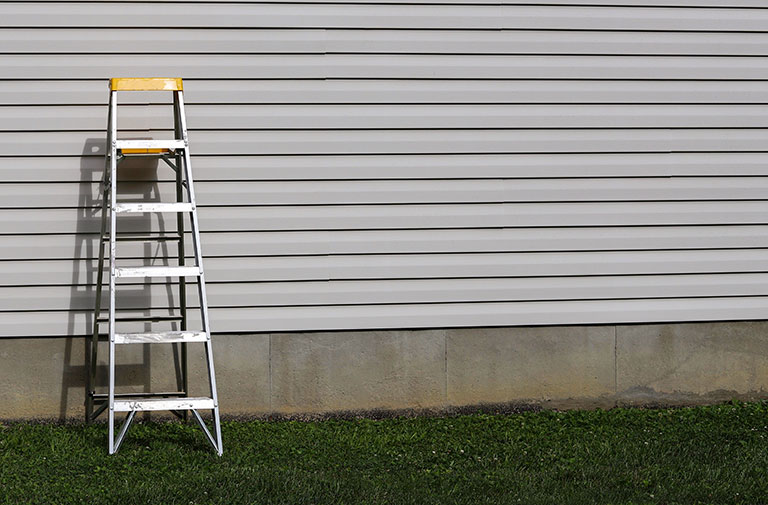 It’s always important to keep a close eye on your home’s exterior siding! If you’ve noticed any leaks, cracks, chips, or any other visible problems that have developed over the years – it may be time to replace or restore your siding! But not all siding is created equal, and some siding is more difficult to keep looking beautiful without extensive maintenance on your part. Thankfully, there is a siding option that is not only high-performance, but also requires only basic upkeep!
It’s always important to keep a close eye on your home’s exterior siding! If you’ve noticed any leaks, cracks, chips, or any other visible problems that have developed over the years – it may be time to replace or restore your siding! But not all siding is created equal, and some siding is more difficult to keep looking beautiful without extensive maintenance on your part. Thankfully, there is a siding option that is not only high-performance, but also requires only basic upkeep! 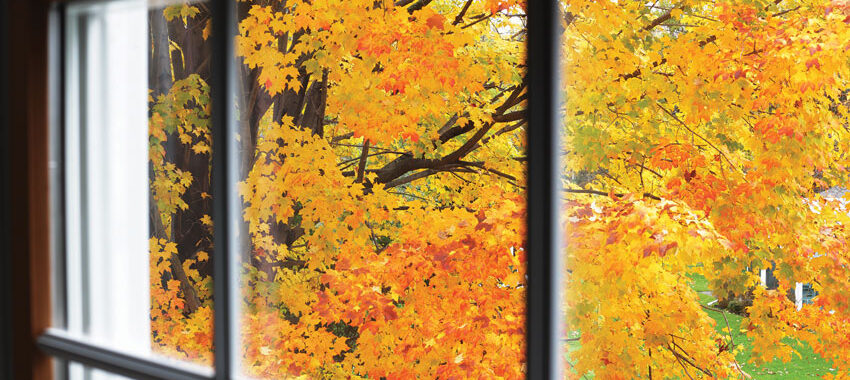
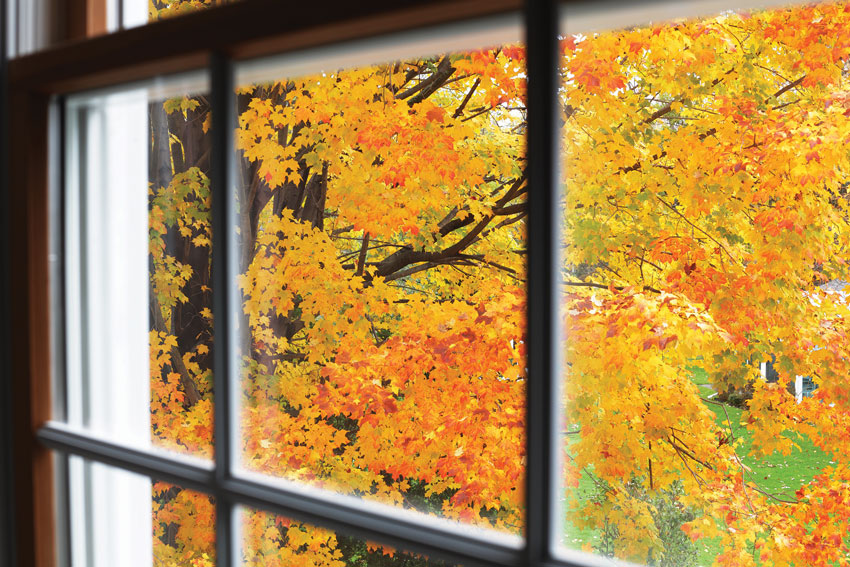

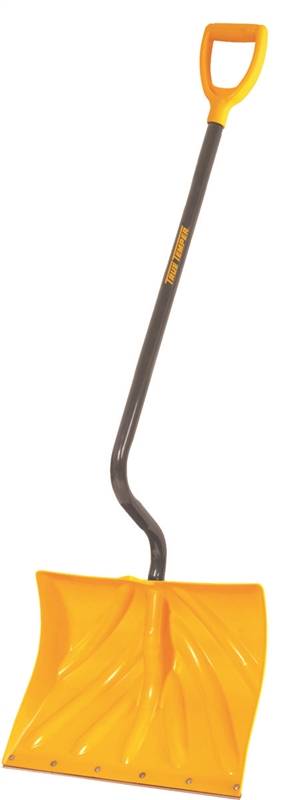
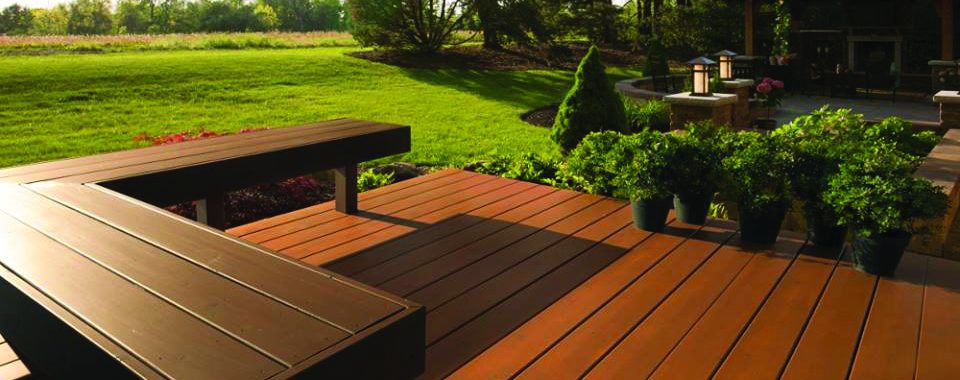
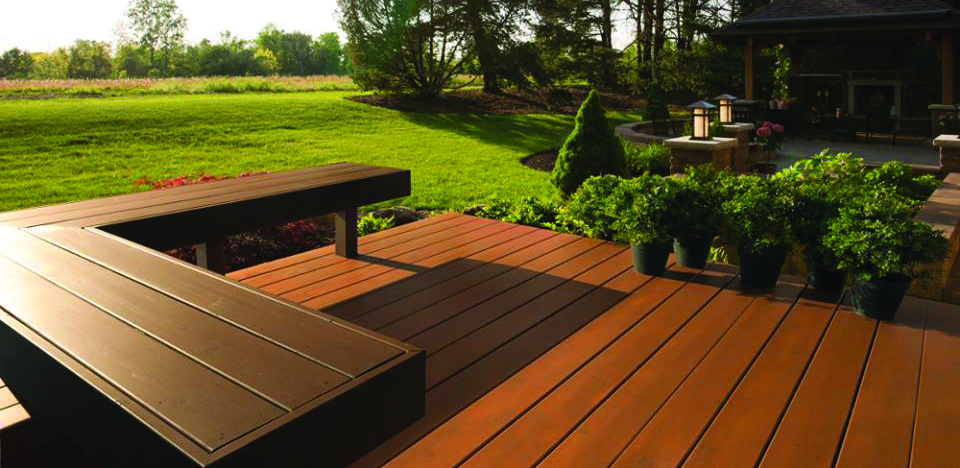
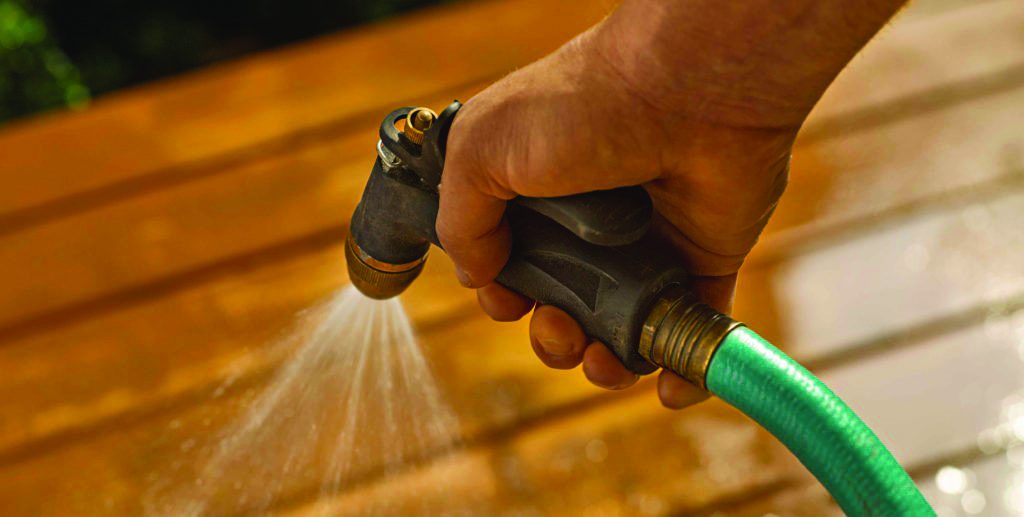
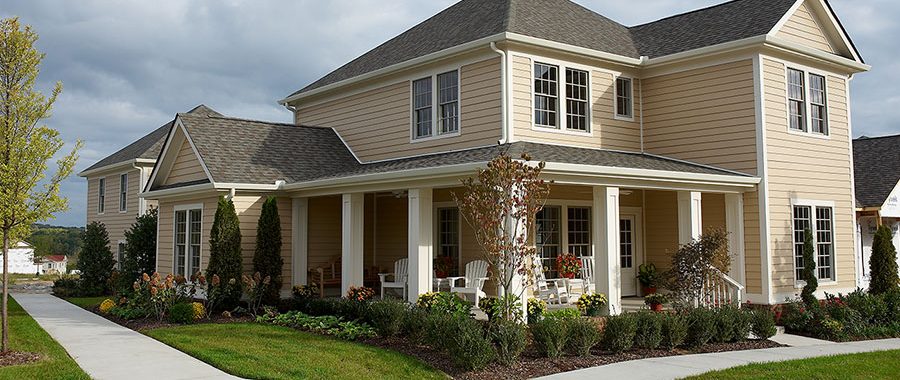
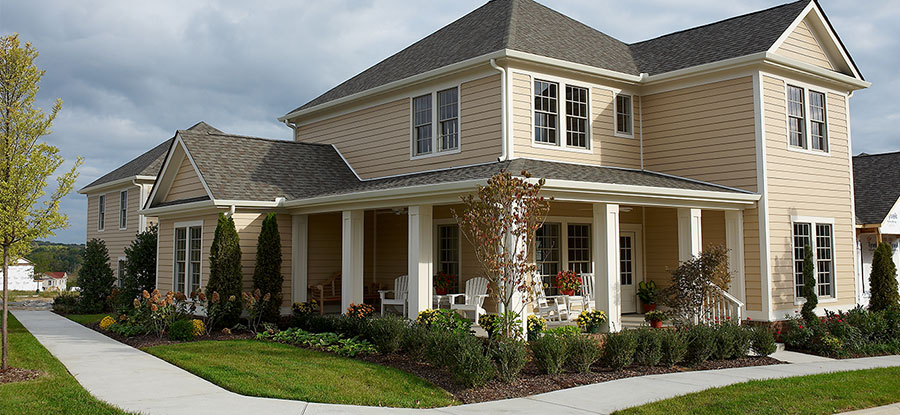
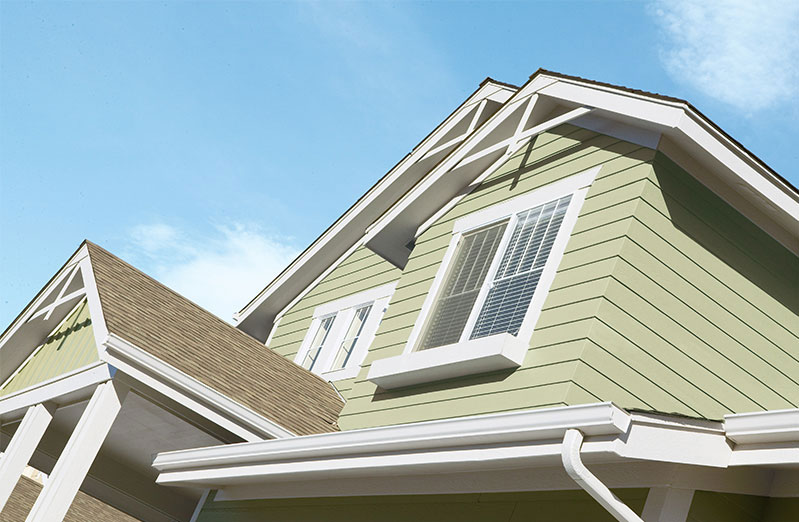
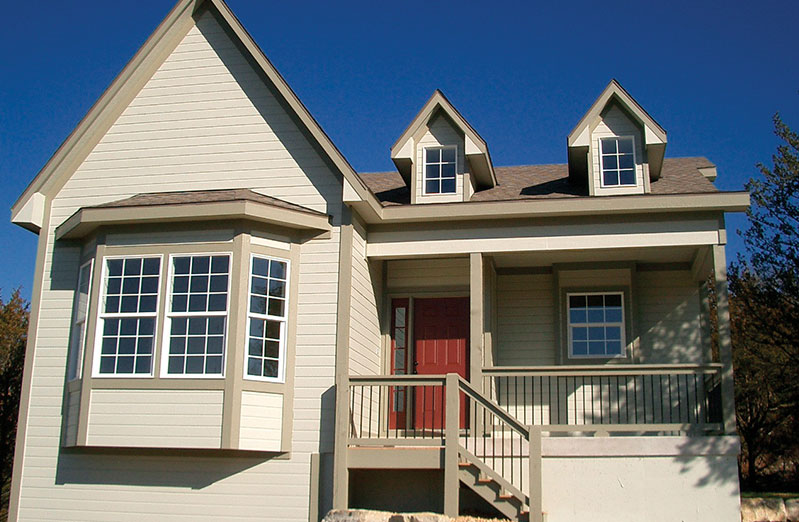
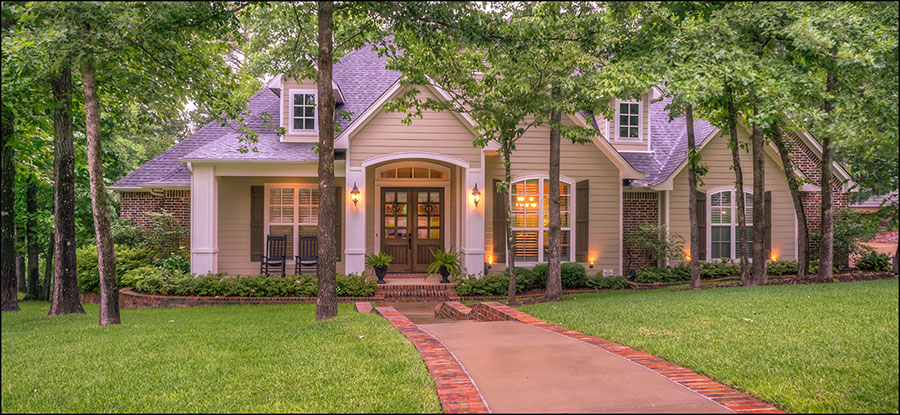
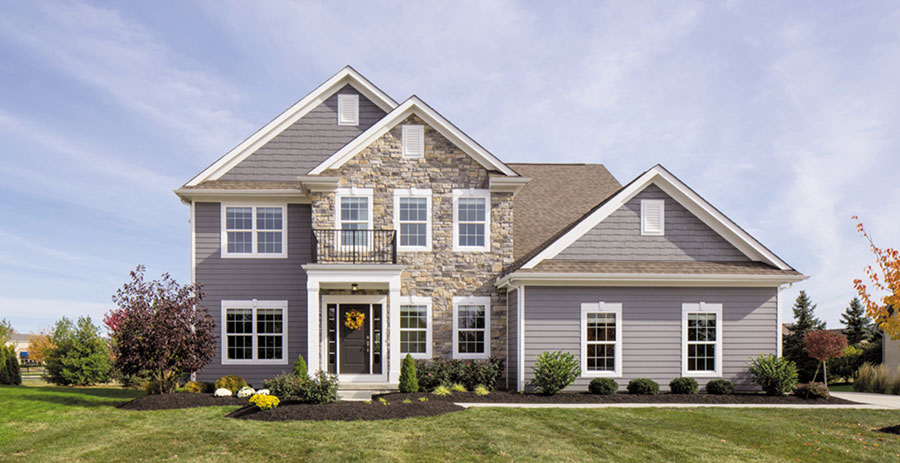
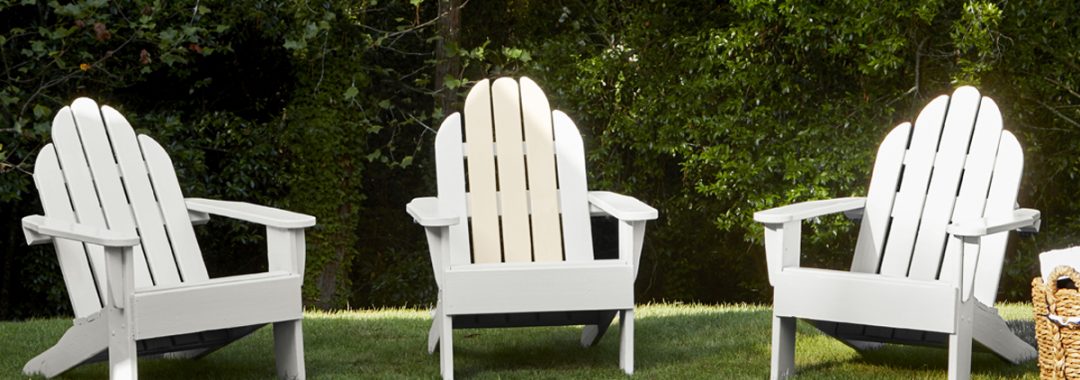
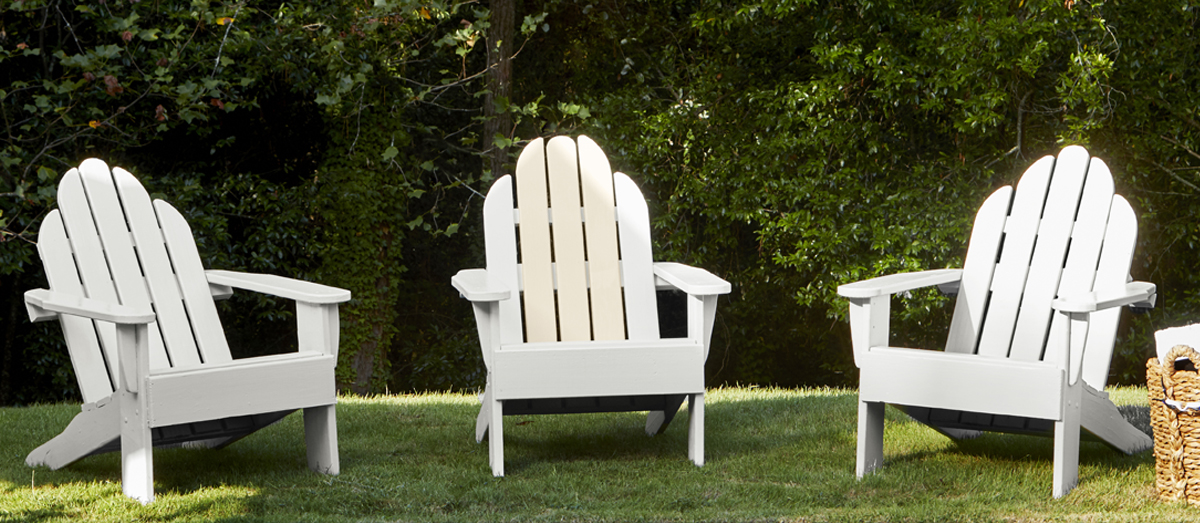


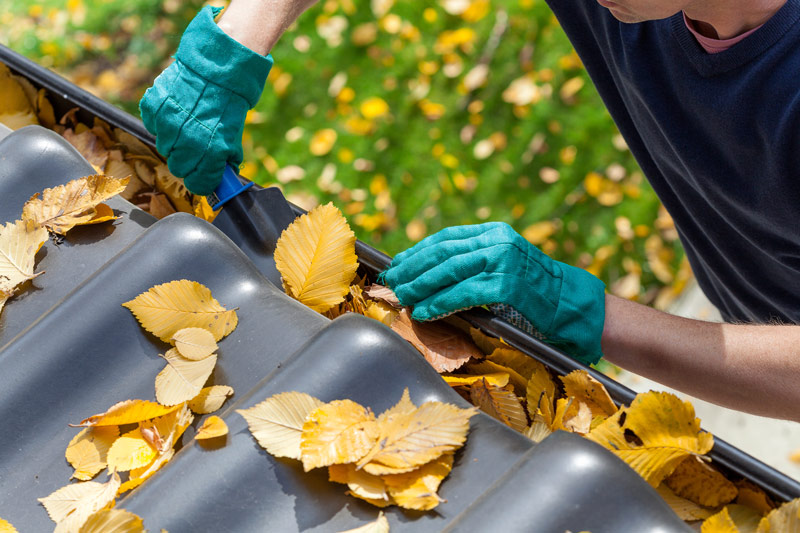
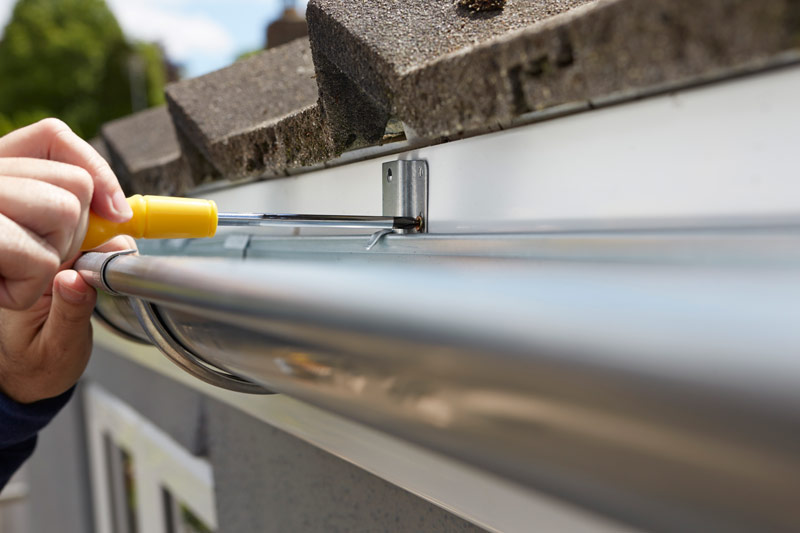 Step 3: Repair Small Holes and Cracks
Step 3: Repair Small Holes and Cracks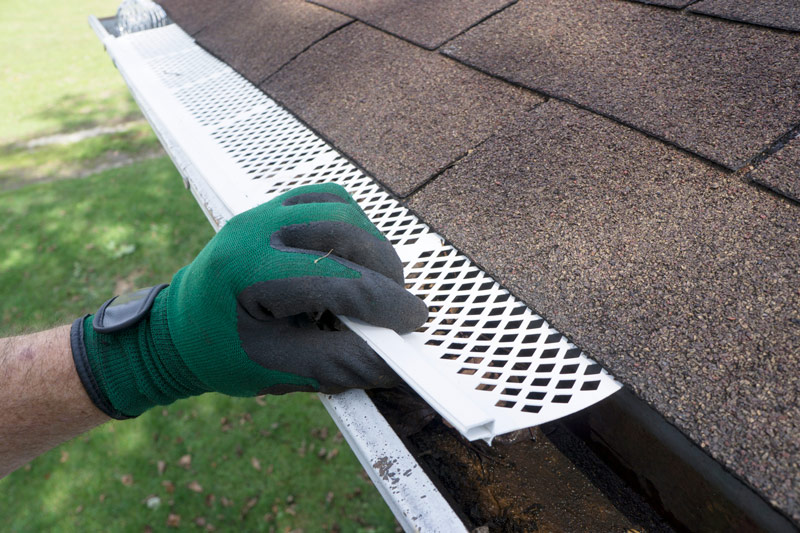 Step 6: Install Gutter Screens or Guards
Step 6: Install Gutter Screens or Guards